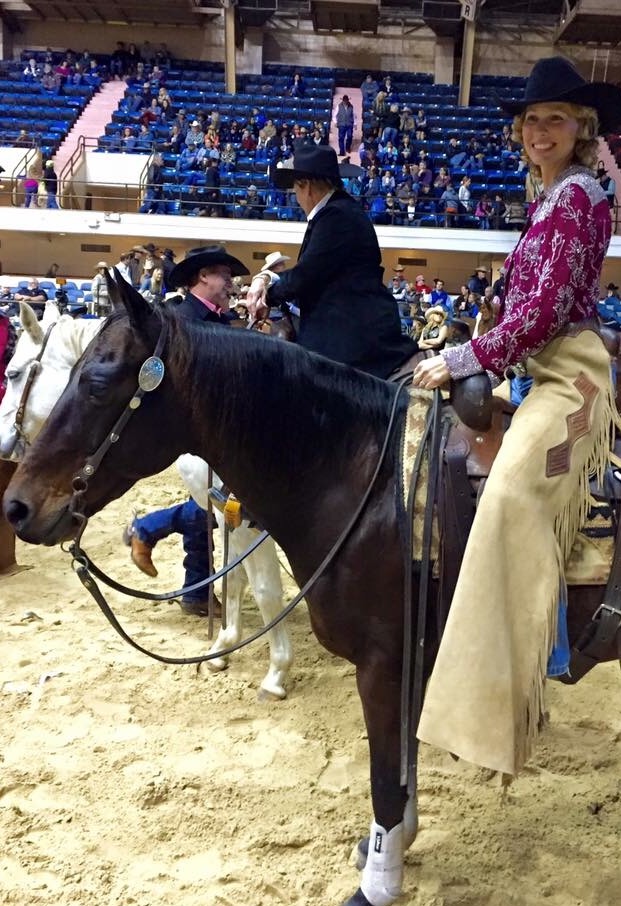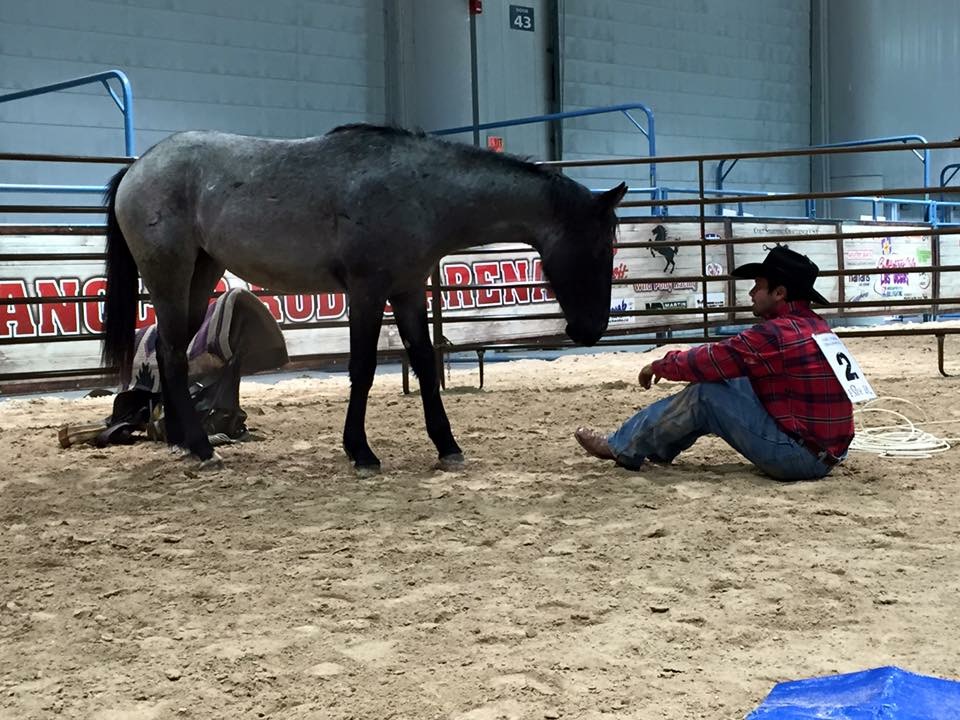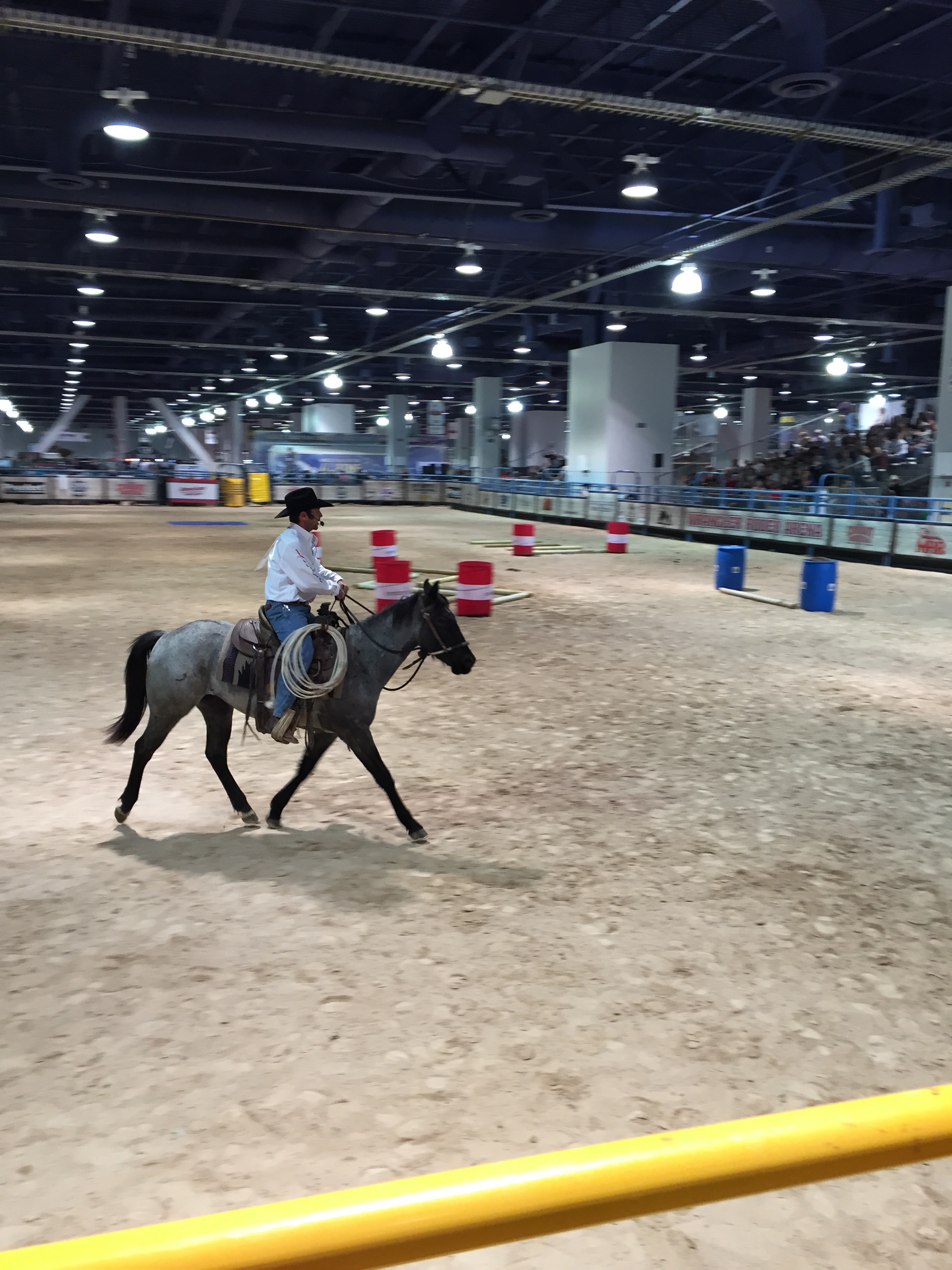HOME
The Natural Horseman- Time for Reflection
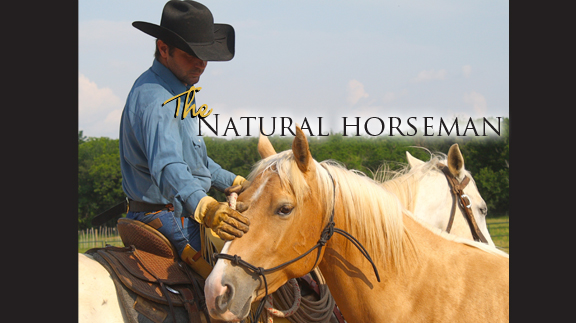
By Steve Stevens
I think in life it is important to reflect on events that we participate in. Sometimes we are so busy, just trying to get through the day, we forget to take in the moments. When it comes to horses it is even more important to reflect on the competition, training session or event to learn from what we accomplished or didn’t.
We have been going a hundred miles an hour the last twelve or so days. Beyond our normal routine of raising two kids and running a horse training business, both Amanda and I competed in two major horse events within four days of each other and it has been a whirlwind. On December 4th, Amanda competed in the Careity celebrity cutting event and then December 7th-9th I competed in the colt starting challenge finals in Vegas during the NFR.
I like to share our more private moments so other people who go through the same thing can know we are all just trying to get by, one step at a time.
We had a lot of anticipation for the cutting. Last year at the time of the event, Amanda had recently completed six months of chemotherapy treatments and was just two months out from her double mastectomy. In truth she was just happy to be alive and enjoying the competition.
One year later, one hundred percent healthy, she was invited back again. And this time she was excited to show she was there as an equal competitor. She had practiced as much as time had allowed and was excited to compete. The real truth is, Amanda doesn’t get nearly as nervous as I do in those situations and I was proud of her grace. Especially considering other than the event last year, she has never performed on a horse in front of anybody, let alone at the national cutting championships in front of thousands of people.
Practices had gone well on her gelding named Little Seabiscuit and she was confident. She rode into the herd riding proud and cut out her first cow, maybe the best she ever had before. Her cow ran all the way across the pen fast, but she hustled and got there. Then he ran back all the way to the other side and back again and the third time the cow did the same thing, and then got behind one of the handlers. Amanda was never able to really get hooked onto the cow and only because she is my wife I could see she was losing confidence. Her next cow loped circles out in front of her and only a seasoned cutter would have known what to do and that was how the night went. She held her head high as she always does, never letting anyone see her struggle. I knew immediately how disappointed she was in her run and that she felt like she let everyone down.
It didn’t take long until multiple cancer patients came up to her along with her chemo nurses, telling her how much she inspires them and she turned to me and told me, “This is what it is all about.” And she was right. We always want to perform our best, but in life and especially the horse world, you have to expect the unexpected. The rest of the night Amanda walked proud knowing how blessed she was to be competing in such an amazing event and what a special opportunity it was to be able to share her story.
I will say this, for the next three days all she wanted to talk about was her run and what she could have done better. With more experience she may have been able to be a little more assertive and hustle her gelding up more. I’m proud because Amanda never questioned her mount, only herself. The experience she had performing where all the great cutters have performed was invaluable.
Three days later, I was entered in the colt starting in Vegas and was pretty nervous, being this was a year-long venture and we had put so much into getting there. I had a little misfortune a few minutes before the competition started and accidentally stabbed myself in the stomach with a pocket knife. I know that sounds funny now. But at the time the EMTs were saying I needed to go to the emergency room to get stitches and would have to pull out of the competition. I, of course, told everyone they were out of their minds, so they stuffed a bunch of gauze and tape and we kept the bleeding to a minimum.
Amanda said I was pretty pale and a little out of it when the competition started, but I let things fall into place. I drew a pretty little blue roan filly. I let her dictate the pace and took things slow to regain my feet. She worked well, telling me what I needed to work on and as long as I kept reading the signs she was there for me, probably more than I was there for her.
My points were pretty low the first day and I had fallen behind. I kept reminding myself that I did not do these competitions to win but to be there for the horse and to show everyone how we build relationships.
So I let it go and went back to work the second day. With my swollen punctured belly once again, my little filly took everything in stride learning quicker than I could keep up. I kept reminding myself to slow down and let things sink in. It is easy when horses are learning quickly to push too hard. She couldn’t have done better. I know there were moments I may have missed for this or that, but we were working well together and once again at the end of the day we were far behind the pack.
I couldn’t be prouder of this mare and in the finals obstacle course she delivered better than all of my six previous horses in other competitions. She was there for me and there was no better award I could have. We came from behind that day and finished in third place overall. But like I said before, the placing should have no measure on the amazing relationship we built.
As I was there for my wife a few days before, she stood by my side all through Vegas reminding me every step of the way why we were there and what we stand for. Her strength astonishes me and gives me a lot to strive for. I couldn’t do any of this without her.
I am proud to say the ranch owner who brought the horses to the competition sent us two of his colts to train, and gave us an opportunity to acquire the little filly that tried so hard. I am ecstatic that she is now part of the Stevens herd.
HOME
Preparing Spring Gardens

By Hannah Claxton | Editor
The North Texas area is located within USDA Hardiness zones seven and eight. The zones are categorized by predicted low temperatures for winter and timing of the first and last frosts.
Zone seven usually has winter low temps between 0 and 10 degrees F with the average date of the first frost falling between Oct. 29 and Nov. 15 and the average date of the last frost falling between March 22 and April 3.
Overall, these two zones have similar climates and growing conditions, making the options for timing and variety within a garden very similar.
In these zones, cool-season crops should go in the ground in March, meaning that soil preparation should start now.
To read more, pick up a copy of the January edition of North Texas Farm & Ranch magazine, available digitally and in print. To subscribe by mail, call 940-872-5922.

HOME
Equine Vaccinations

By Heather Lloyd
Vaccinations are a critical component of maintaining the health and well-being of horses, especially in environments where they are exposed to other animals, such as in the sport, show and performance arenas. Horses, like all animals, are susceptible to various infectious diseases that can spread quickly and cause serious harm.
A routine vaccination schedule helps prevent the spread of these diseases by preparing the horse’s immune system.
To read more, pick up a copy of the November edition of North Texas Farm & Ranch magazine, available digitally and in print. To subscribe by mail, call 940-872-5922.

HOME
Wichita Falls Area Cattlewomen
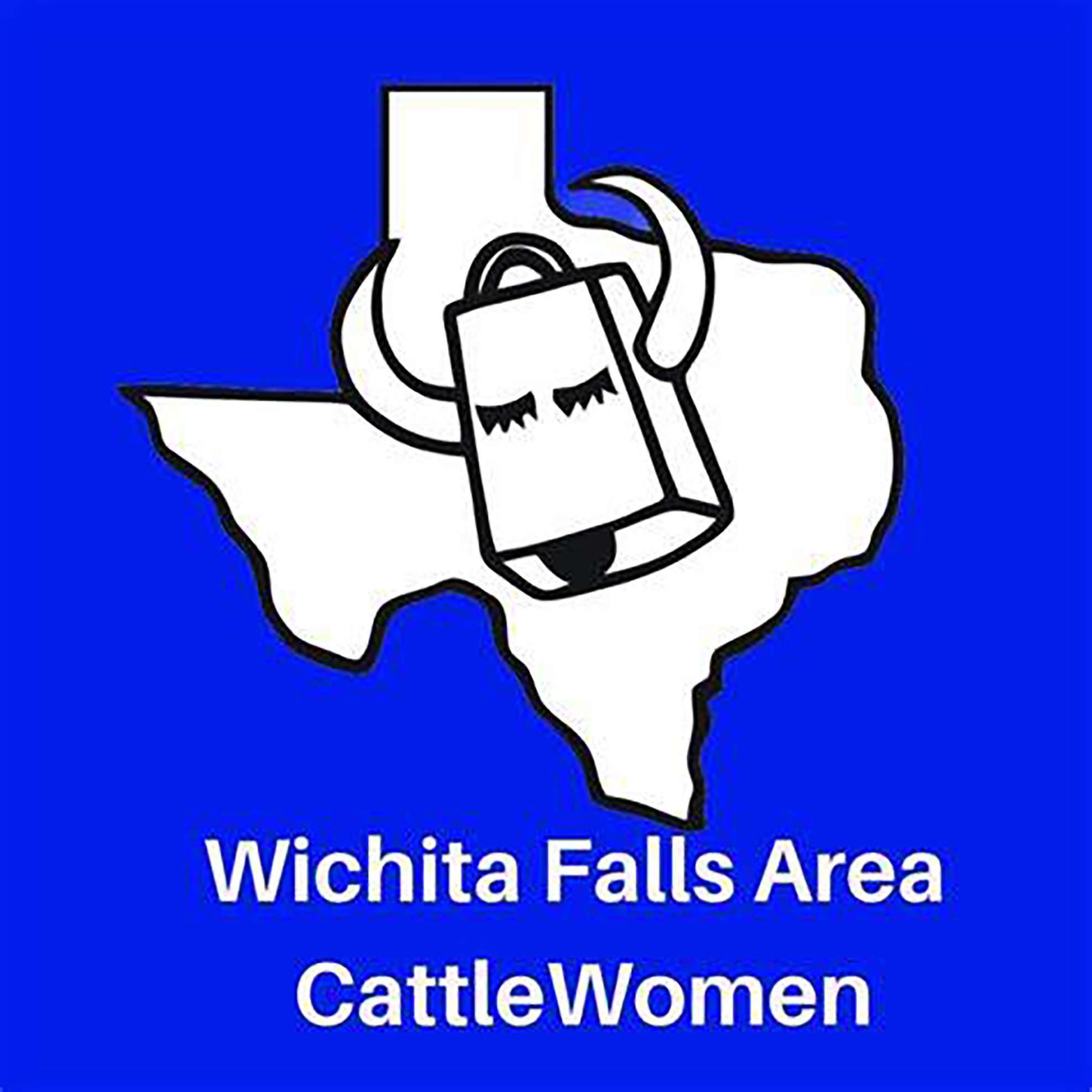
Having herds on a controlled breeding schedule means that we have a predictable calving schedule, and while it’s only over a couple of months, for us it does fall right after the start of the year. I lobby annually to call ours the “Winter calving season”, but I am outvoted and my husband still refers to it as Spring. Unlike producers in our Northern States, we don’t have to contend with brutally harsh winter weather, and on those rare times we do, thankfully it is not for extended periods. Regardless of whether you have a Spring or a Fall calving schedule, the health of a newborn calf begins with the mother’s health, and the mother’s health is largely dependent on the producer.
To read more, pick up a copy of the November edition of North Texas Farm & Ranch magazine, available digitally and in print. To subscribe by mail, call 940-872-5922.
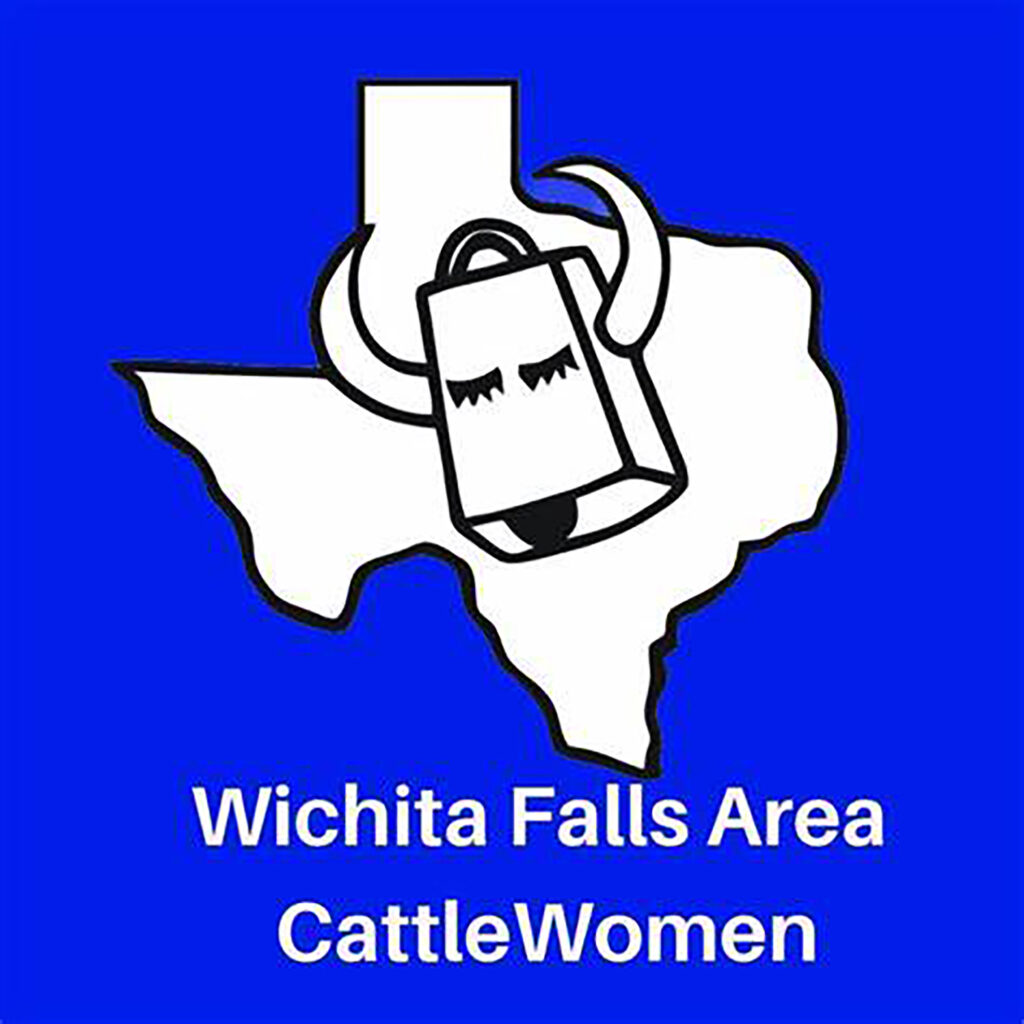
-

 Country Lifestyles2 years ago
Country Lifestyles2 years agoScott & Stacey Schumacher: A Growth Mindset
-

 Country Lifestyles8 years ago
Country Lifestyles8 years agoStyle Your Profile – What your style cowboy hat says about you and new trends in 2017
-

 HOME8 years ago
HOME8 years agoGrazing North Texas – Wilman Lovegrass
-

 Outdoor10 years ago
Outdoor10 years agoButtercup or Primrose?
-

 Country Lifestyles5 years ago
Country Lifestyles5 years agoAmber Crawford, Breakaway Roper
-

 Equine1 year ago
Equine1 year agoThe Will to Win
-

 Country Lifestyles9 years ago
Country Lifestyles9 years agoJune 2016 Profile – The man behind the mic: Bob Tallman
-

 Country Lifestyles8 years ago
Country Lifestyles8 years agoDecember 2016 Profile, Rusty Riddle – The Riddle Way

